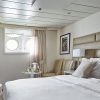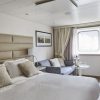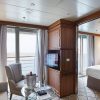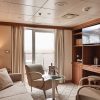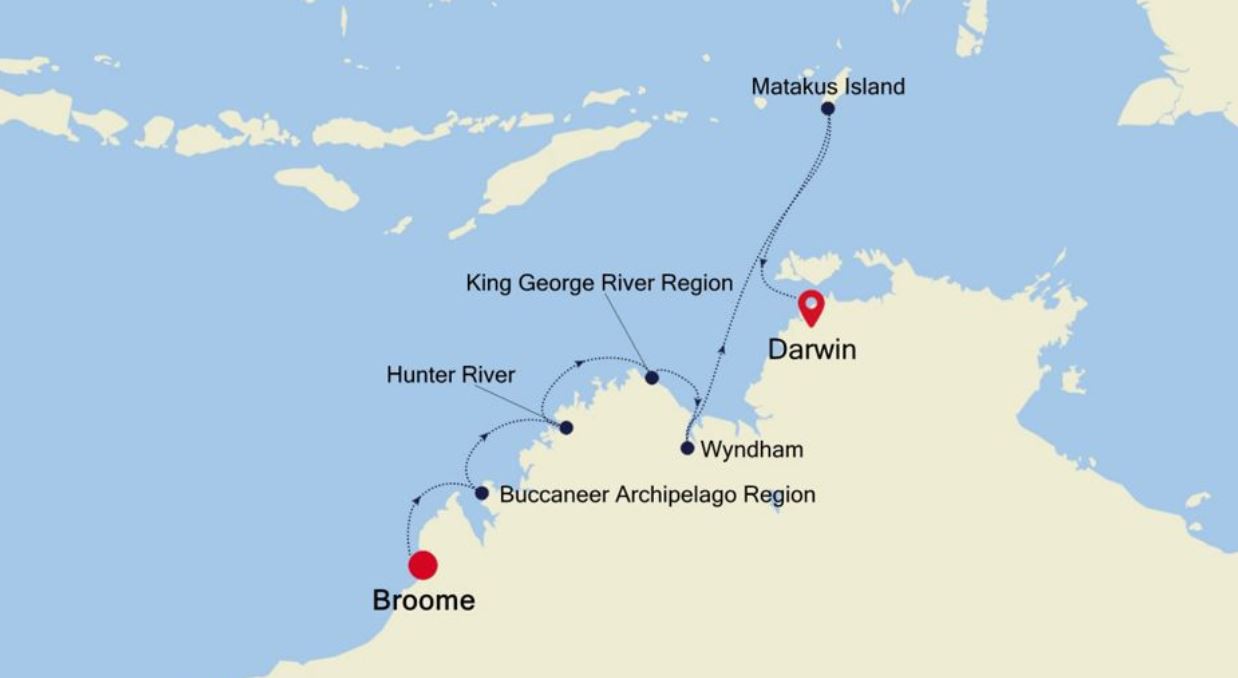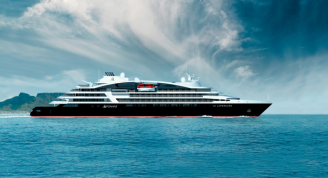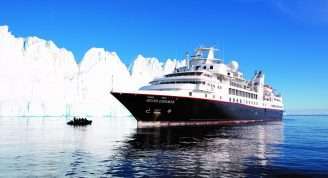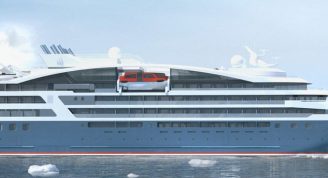Description
There are many beautiful places on Earth, but none is more beautiful than The Kimberley. Three times the size of England, home to 40,000 people (per kilometre less than anywhere else on Earth), this vast area is home to a huge variety of natural interest. Let our team of experts educate you on the untamed wildlife, complex geology and Aboriginal rock art, so that you can uncover the secrets of this spectacular region.
Trip Name
Broome to Darwin Luxury 13 Day Kimberley Cruise
Days
13
Overview
Vessel Type: Luxury Expedition
Length: 108 metres
Passenger Capacity: 144
Built / refurbished: 1989 / 2008 / 2018
Silversea’s purpose-built luxury Silver Explorer expedition cruise ship has been designed specifically for navigating waters in some of the world’s most remote destinations, including both of earth’s polar regions. A strengthened hull with a Lloyd’s Register ice-class notation (1A) for passenger vessels enables the Silver Explorer Expedition Cruise Ship to safely push through ice floes with ease. A fleet of 12 Zodiac boats allows Silversea Expedition guests to visit even the most off-the-beaten path locations and an expert Expedition Team provides insight and understanding to each unforgettable Silver Explorer luxury cruise adventure.



